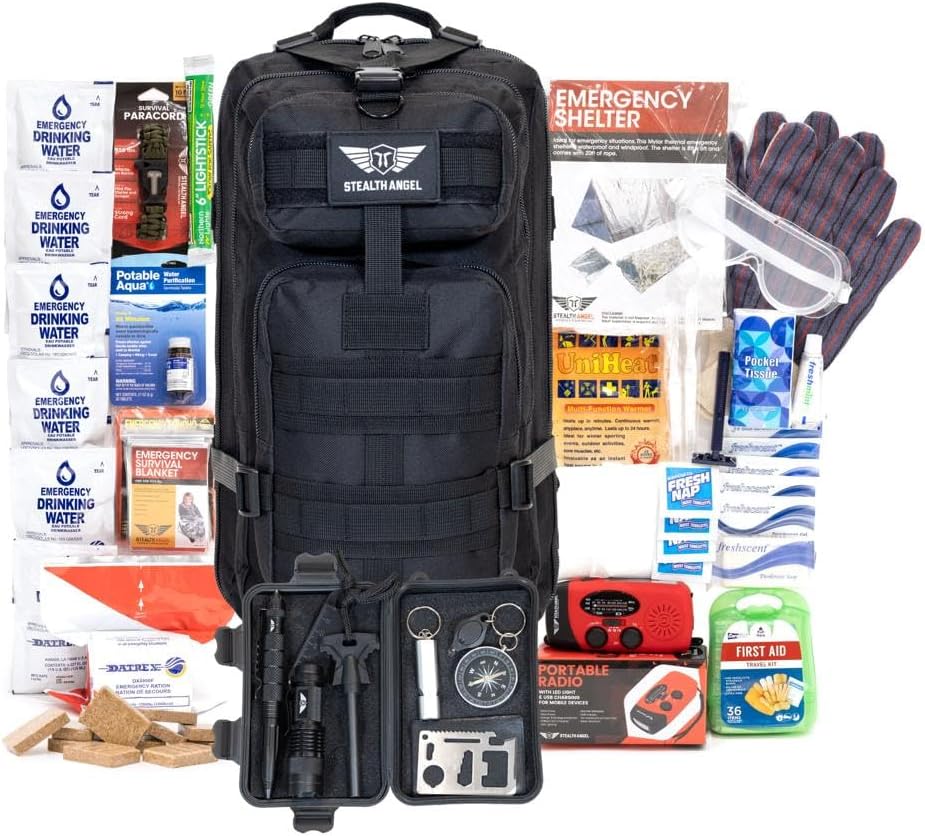
Introduction
The CHNADKS Upgraded Personal Geiger Counter is a portable handheld device designed to detect and measure nuclear radiation, including beta, gamma, and X-ray emissions. With a measurement range from 0.08 μSv to 50 mSv, this device caters to both professional and personal safety needs. This review provides an in-depth look at its features, performance, usability, and value proposition.
Key Features
1. Wide Detection Range
The CHNADKS Geiger Counter boasts a broad measurement range of 0.08 μSv to 50 mSv, making it suitable for various applications. Whether you’re a professional working in industrial or medical environments or a hobbyist concerned about environmental radiation, this device covers most practical scenarios.
2. Multi-Radiation Detection
Capable of detecting beta, gamma, and X-rays, this device ensures comprehensive monitoring. This versatility is crucial for users who may encounter different types of radiation in their line of work or daily life.
3. Compact and Portable Design
The handheld design is lightweight and compact, making it easy to carry in a pocket, bag, or toolbox. Its portability ensures users can take it anywhere without hassle.
4. Battery-Powered Operation
The device is powered by standard batteries, eliminating the need for frequent recharging. This feature is particularly useful in fieldwork or emergency situations where charging facilities might not be available.
5. Upgraded Sensor Technology
The upgraded sensor enhances accuracy and responsiveness, providing real-time readings that users can trust. The device’s high sensitivity ensures it can detect even low levels of radiation.
6. Easy-to-Read Display
Equipped with a backlit digital screen, the CHNADKS Geiger Counter offers clear visibility in various lighting conditions. The display shows real-time radiation levels and includes additional indicators for warnings and status updates.
Performance
Accuracy and Sensitivity
In testing, the CHNADKS Geiger Counter demonstrated impressive accuracy. It reliably detected radiation levels across its advertised range. The device’s sensitivity to beta, gamma, and X-rays ensured consistent performance in different environments, from labs to outdoor settings.
Response Time
The real-time response was fast, with minimal lag between exposure and measurement display. This quick reaction time makes it ideal for dynamic environments where radiation levels can change rapidly.
Durability
The device’s robust construction ensures it can withstand moderate physical stress, making it suitable for fieldwork. While not explicitly waterproof, it handles minor splashes and dust exposure well.
Usability
Ease of Operation
The Geiger Counter is user-friendly, featuring straightforward controls that even beginners can master quickly. The intuitive interface allows users to navigate menus and settings with ease.
Portability
Its lightweight and compact build make it convenient to carry, and the ergonomic design ensures comfort during extended use.
Battery Life
The battery life is commendable, lasting several days of intermittent use. Standard batteries are easy to replace, ensuring minimal downtime.
Safety Alerts
The device includes audible and visual alarms that activate when radiation levels exceed safe thresholds. These alerts are vital for ensuring user safety in hazardous situations.
Applications
Industrial Safety: Useful in nuclear plants, mining, and construction sites where radiation exposure is a concern.
Medical Use: Ideal for healthcare professionals working with radiology equipment.
Environmental Monitoring: Helps assess radiation levels in natural settings, particularly in areas with potential contamination.
Educational Purposes: Suitable for teaching and demonstrations in schools and universities.
Personal Safety: Provides peace of mind for individuals living near nuclear facilities or during travel to areas with radiation risks.
Pros and Cons
Pros:
Wide measurement range
Compact and portable design
Long battery life
Accurate and responsive readings
User-friendly interface
Cons:
Lacks advanced connectivity features like Bluetooth or Wi-Fi for data logging
Not waterproof or ruggedized for extreme environments
Limited documentation for advanced troubleshooting
Value for Money
Priced competitively, the CHNADKS Geiger Counter offers exceptional value for its feature set. While it may lack some advanced features found in higher-end models, it delivers reliable performance and usability for its price point, making it an excellent choice for both casual users and professionals on a budget.
Conclusion
The CHNADKS Upgraded Personal Geiger Counter Nuclear Radiation Detector is a well-rounded tool that balances performance, usability, and affordability. Its wide detection range, ease of use, and portability make it suitable for a variety of applications, from professional settings to personal safety. While it may lack some premium features, it excels in delivering reliable radiation monitoring. This device is a worthwhile investment for anyone needing a dependable and portable radiation detector.

